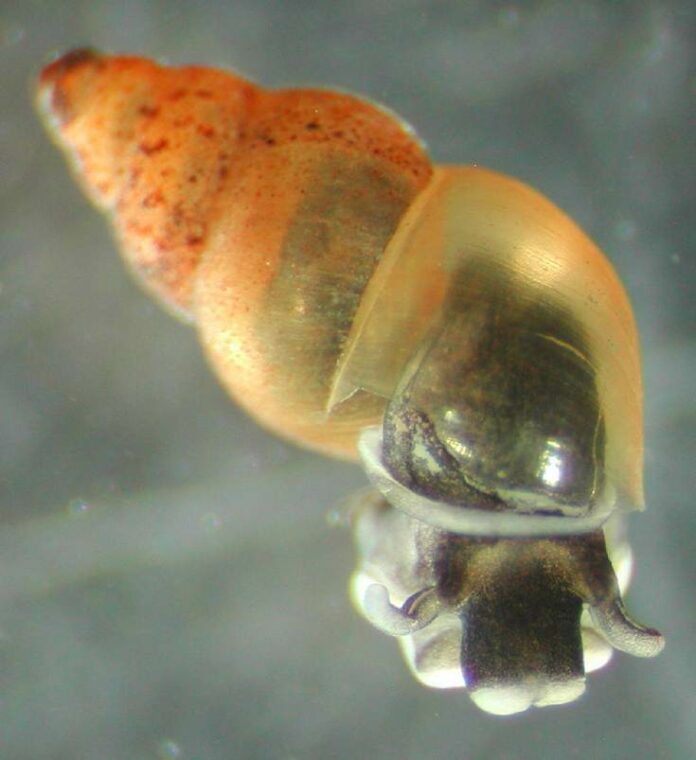by InTrieste
A small freshwater snail native to New Zealand has been discovered in the subterranean waterways beneath the city of Trieste, raising questions about how the species managed to reach the region — and what impact it may have on the local ecosystem.
The species, Potamopyrgus antipodarum, commonly known as the New Zealand mud snail, was identified in the old Teresian Aqueduct, a centuries-old water system constructed during the Habsburg era. Researchers involved in a European study of subterranean fauna confirmed the presence of the snails in the aqueduct’s waters, which are not known for their cleanliness.
The exact pathway that brought the snail to Trieste remains unknown. Some speculate that the species may have arrived during the final stages of World War II, possibly carried by New Zealand forces who played a role in the liberation of the city. Others suggest a more recent introduction, given the snail’s reputation as one of the most invasive freshwater species worldwide. It has already spread across parts of North America, Europe, and Australia — often with the help of human activity.
The discovery in Trieste was made as part of a joint research initiative involving the Slovak and German scientific communities, in collaboration with the Civic Museum of Natural History of Trieste, the Department of Life Sciences at the University of Trieste, and the Adriatic Speleological Society.
What remains unclear is the ecological impact the mud snail could have on the underground aquatic systems in the region. Known for its rapid reproduction and ability to survive in a variety of conditions, the species has disrupted freshwater ecosystems elsewhere by competing with native invertebrates and altering nutrient cycles.
Researchers are continuing to study the Trieste population to determine whether it poses a threat to local biodiversity or water quality.
For now, the appearance of Potamopyrgus antipodarum in this historic aqueduct adds a new chapter to the complex story of how species move — and thrive — far from home.































